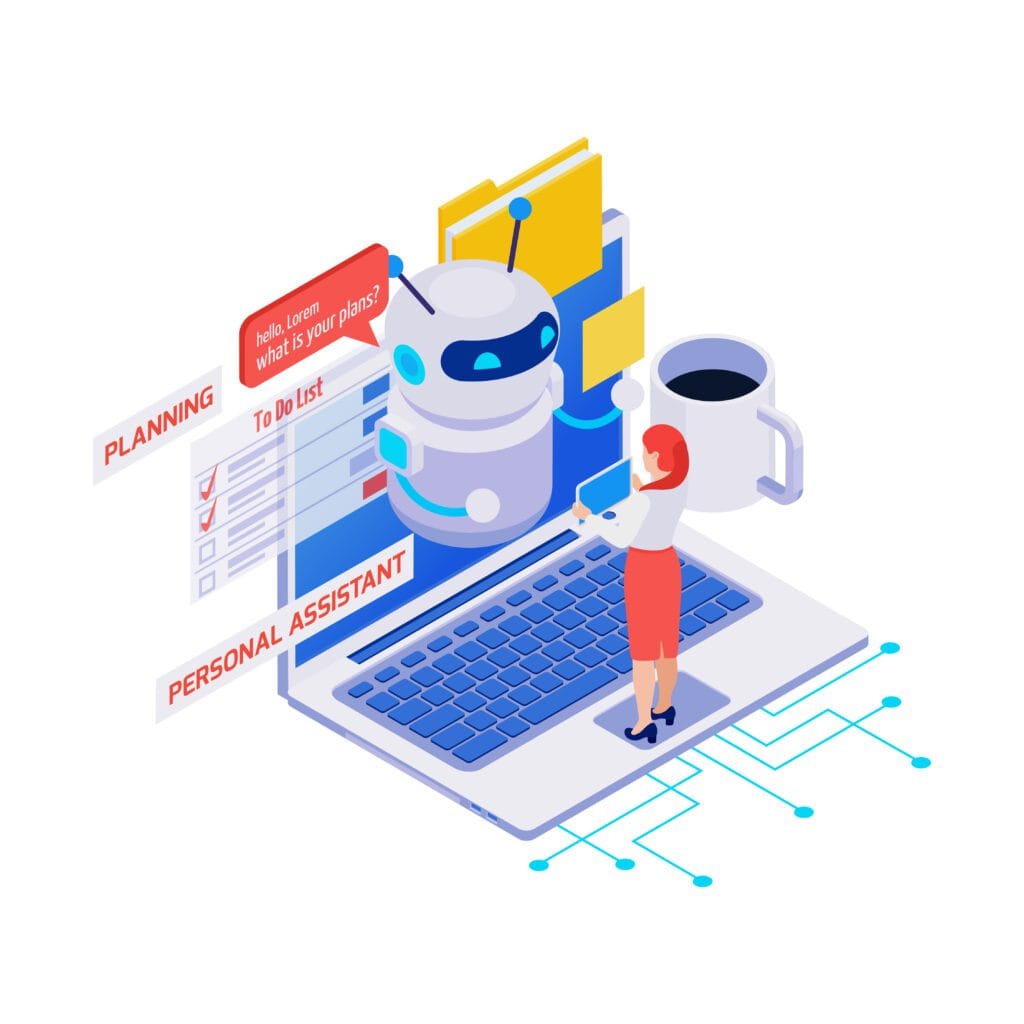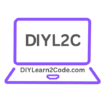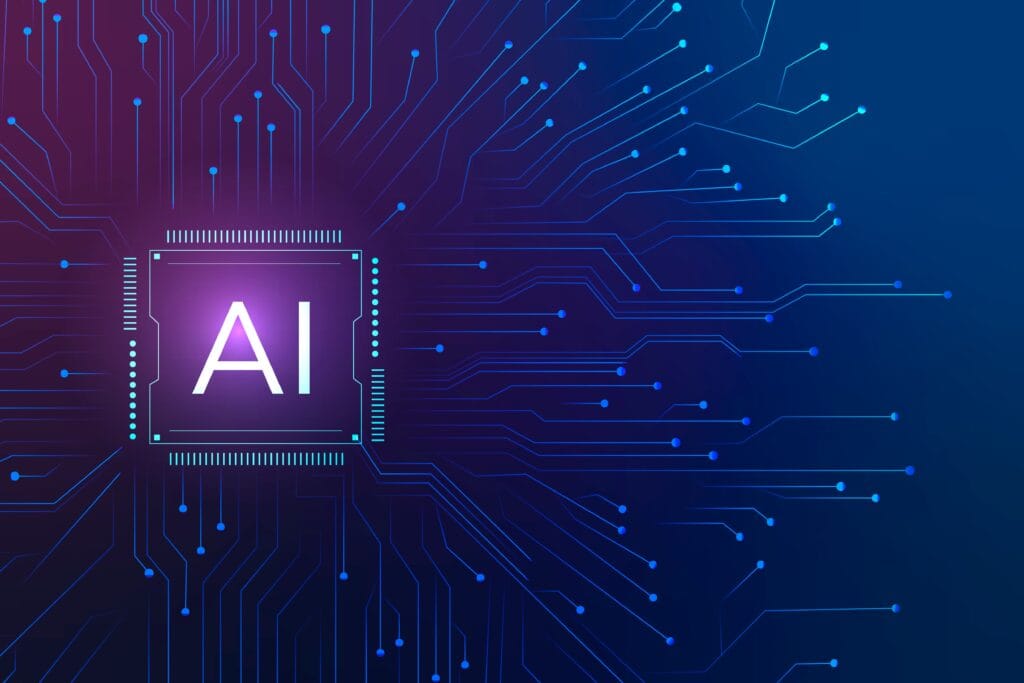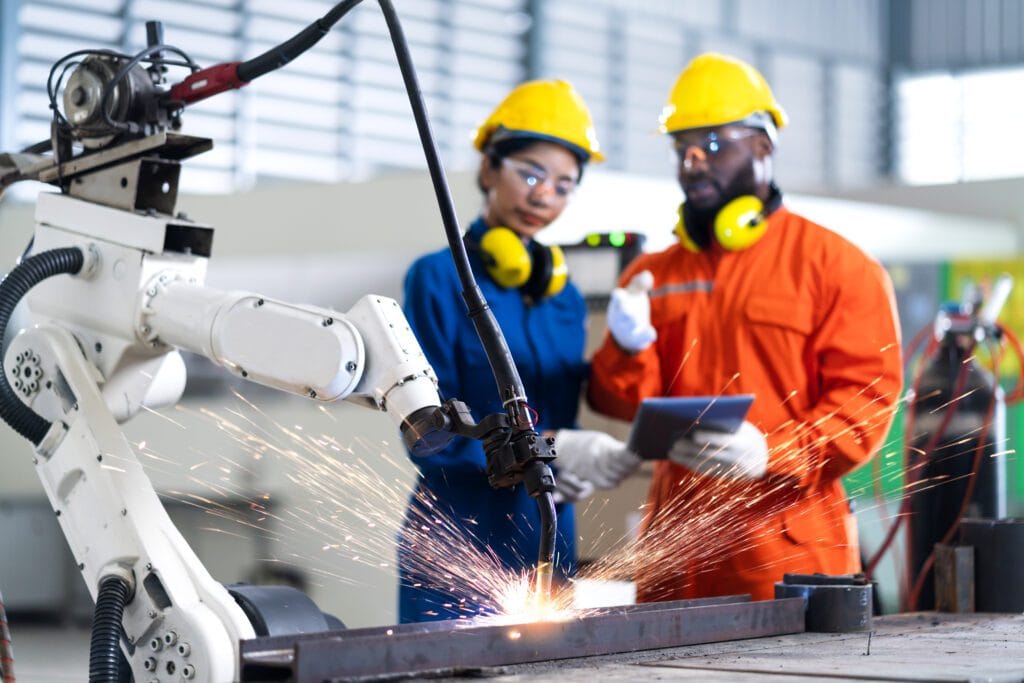
- Introduction: Why Python Remains the Power Language in 2025
- 1. Python’s Evolution: From Basics to a Global Tech Driver
- 2. Why Python is the Smartest DIY Choice in 2025
- 3. How Python Empowers AI, Robotics, and Web Development Together
- 4. DIY Task: Build a Python-Powered Chatbot (Your First AI Assistant)
- 5. Real-World DIY Python Projects in 2025
- 6. Advanced Insights: Mistakes Learners Still Make in 2025
- 7. Your DIY Learning Path for Python in 2025
- 8. The Future of Python in AI and Robotics (2025 & Beyond)
- 9. FAQs:
- Conclusion: Your DIY Python Innovation Journey Starts Now
Introduction: Why Python Remains the Power Language in 2025
In our previous Python blog, we introduced why Python rules the tech world in 2025 — from simplicity to its connection with AI, Robotics, and Web Development.
Now, it’s time to move from just understanding Python to mastering it through real projects. Python isn’t just a beginner’s language anymore; it’s the backbone of DIY innovation. Whether you dream of coding a robot that responds to commands, building a personal AI assistant, or creating a website backend, Python will always be at the core.
This article is designed to take you one level deeper. You’ll explore advanced insights, discover how Python integrates across domains, and even complete a DIY task that will give you the confidence to start building real-world projects.
1. Python’s Evolution: From Basics to a Global Tech Driver
While Python started as a simple scripting language, in 2025 it powers:
- AI frameworks like TensorFlow, PyTorch.
- Robotics libraries like ROSPy.
- Web frameworks like Django and Flask.
- Data analytics tools like Pandas and NumPy.
What makes Python unique is its ability to scale with your learning journey: you start small, but the language grows with you.
2. Why Python is the Smartest DIY Choice in 2025
For beginners, Python is accessible. For professionals, Python is powerful. Its readability, open-source ecosystem, and endless resources make it the smartest DIY choice in 2025.
- Easy Syntax → You focus on logic, not complex rules.
- Cross-Domain Usage → AI, robotics, web, automation.
- Massive Community → Millions of coders ready to help.
- Job Market Demand → Still one of the top 3 most in-demand languages.
If your goal is to start coding projects from home, Python gives you both simplicity and strength.
3. How Python Empowers AI, Robotics, and Web Development Together
Python acts like the common thread across tech fields:
- AI: Python powers machine learning models with scikit-learn, TensorFlow, Keras.
- Robotics: Libraries like pySerial connect hardware to code, while ROS integrates sensors and motors.
- Web Development: Django, Flask, and FastAPI provide the backbone for scalable web apps.
This cross-domain role makes Python future-proof — you don’t learn one skill; you gain access to three industries at once.
👉 Check out our earlier blog on Robotics Beyond Automation to see how robotics and Python complement each other.
4. DIY Task: Build a Python-Powered Chatbot (Your First AI Assistant)
Let’s make this article practical with a simple DIY project.
What You’ll Build:
A basic Python chatbot that responds to user input.
Requirements:
- Install Python (3.9+).
- Install libraries: pip install nltk
Steps:
- Open your editor (VS Code recommended).
- Write the following code:
import nltk
from nltk.chat.util import Chat, reflections
pairs = [
[“hi”, [“Hello there!”, “Hi, how can I help you?”]],
[“Learn python”, [“Python is now leading in AI tools development and modelling.”]],
[“bye”, [“Goodbye! Have a great day.”]]
]
chatbot = Chat(pairs, reflections)
chatbot.converse()
- Run the file → Your chatbot is ready!
👉 Try extending this by adding more pairs. This tiny project is your first taste of AI with Python.
5. Real-World DIY Python Projects in 2025
Once you’ve built a chatbot, here are more practical projects you can try:
- Smart Home Automation: Control lights and fans with Python + Arduino.
- Face Recognition System: Use OpenCV to identify faces.
- Portfolio Website: Build with Django or Flask.
- Data Dashboard: Visualize personal finances using Matplotlib.
Each project builds on the same foundation: basic Python + relevant libraries.
6. Advanced Insights: Mistakes Learners Still Make in 2025
Even in 2025, beginners repeat some classic mistakes:
- Skipping fundamentals (like loops, data structures).
- Copy-pasting code without understanding.
- Not practicing small projects consistently.
- Jumping too quickly to advanced AI without basics.
Tip → Stick to the DIY approach: learn → apply → repeat.
7. Your DIY Learning Path for Python in 2025
Here’s a structured path for you:
- Month 1 → Basics: syntax, loops, functions.
- Month 2 → Small projects: calculator, to-do app, chatbot.
- Month 3 → Libraries: Pandas, NumPy, Matplotlib.
- Month 4 → Web + Automation: Django/Flask, Selenium.
- Month 5+ → Robotics + AI: TensorFlow, ROS.
👉 At this stage, also revisit our AI DIY Guide for step-by-step instructions to connect Python with AI projects.
8. The Future of Python in AI and Robotics (2025 & Beyond)
Looking ahead, Python will continue to dominate because of:
- AI-on-the-Edge: Lightweight Python models on microcontrollers.
- Robotics in Education: Python becoming the default for schools.
- Web + Cloud Integration: FastAPI for scalable apps.
- Community Expansion: New frameworks for quantum computing in Python.
For DIY learners, this means your Python skills will stay relevant for decades.
9. FAQs:
Q1: Can I learn Python in 3 months?
Yes, with consistent DIY practice you can build small projects in 3 months.
Q2: Is Python still worth learning in 2025?
Absolutely. It powers AI, robotics, and web — the hottest industries of the future.
Q3: What if I’m not from a coding background?
Python is designed to be beginner-friendly. Even school students start with it.
Conclusion: Your DIY Python Innovation Journey Starts Now
Python is more than a programming language in 2025; it’s a platform for creativity, innovation, and future-ready skills.
With every small project — from a chatbot to a home automation bot — you’re not just learning syntax, you’re building skills that connect AI, Robotics, and Web Development together.
Now it’s your turn: pick up today’s DIY task, try it out, and share your progress. The best way to master Python is to make it part of your everyday life.
Keep reading new articles at diylearn2code


